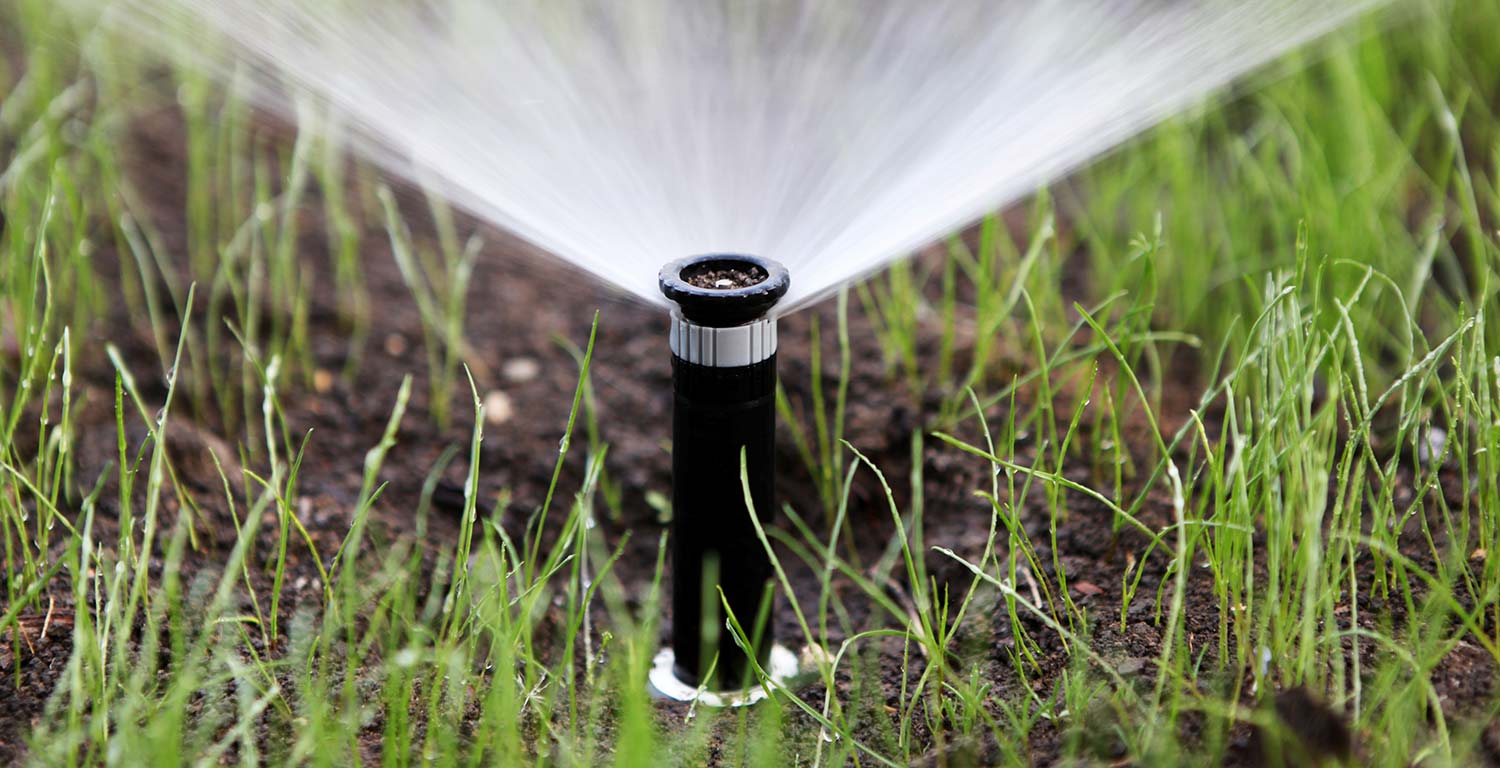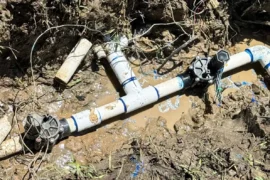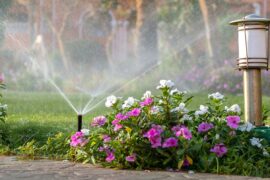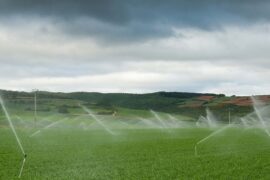Maintaining a lush and healthy lawn is a priority for most homeowners in and around most cities in Texas like – Red Oak, Waxahachie, Midlothian, Cedar Hill, Ovilla and Glenn Heights etc, and one of the key elements in achieving this is effective watering. There’s an ongoing debate raging among lawn care enthusiasts: Is it better to run sprinklers for longer durations or more frequently? Let’s figure that out.
Understanding Your Lawn’s Thirst
Every lawn is unique, but a common rule of thumb is to provide 1 inch of water per week. Factors such as soil type, grass species, and local climate can impact this general guideline. For instance, sandy soils dry out faster compared to loamy or clay soils, which hold water longer but absorb it more slowly.
It’s generally advised to water deeply and infrequently to encourage deeper root growth. Frequent, shallow watering can lead to shallow roots, which makes lawns more susceptible to drought and disease. A practical approach is to water twice per week, applying ½ inch of water each time.
To ensure you’re watering correctly, use methods like the tuna can method, where you place empty tuna cans in different spots on your lawn to measure the water depth after running your sprinklers. This helps in fine-tuning your watering schedule.
Seasonal Adjustments and Weather Considerations
Your lawn’s watering needs vary with the seasonal changes. During the warmer months, your lawn might need more frequent watering compared to the cooler seasons. Adjust your sprinkler run times accordingly to avoid over or under-watering.
Rainfall naturally reduces the need for supplemental irrigation. If it rains, adjust your watering schedule by reducing the sprinkler run time proportionately to the amount of rainfall received.
The Debate: Longer vs. More Frequent Watering
01. The Case for Longer Watering
Longer watering sessions ensure that water reaches deeper into the soil, promoting healthy root development. This can be particularly beneficial for lawns with deeper root systems or in areas with less frequent rainfall.
02. The Argument for Frequent Watering
In contrast, more frequent watering can be advantageous for lawns with sandy soil, as it drains quickly and requires more regular hydration. Additionally, in extremely hot or dry climates, frequent watering helps to keep the soil consistently moist.
Pros and Cons of Longer Watering Sessions
Running your sprinklers for extended periods, typically 30 minutes to an hour, can deeply water your lawn, promoting healthy root growth. This method is particularly effective in ensuring water reaches deeper soil layers, encouraging grass roots to grow deeper and stronger, making the lawn more resilient during dry spells.
Advantages
- Promotes deeper root growth
- Better drought resistance
- Efficient water utilization
Disadvantages
- Risk of water runoff
- Potential for overwatering and root suffocation
- Increased likelihood of disease in waterlogged soils
Pros and Cons of Frequent, Shorter Watering
This approach involves irrigating your lawn more often but for shorter durations. It’s particularly useful in maintaining consistent soil moisture levels, preventing the lawn from drying out, especially during peak summer months.
Advantages
- Consistent soil moisture
- Reduced stress on grass
- Minimizes the risk of brown patches or wilting
Disadvantages
- Can encourage shallow root growth
- Increased risk of disease and pest infestation
- May lead to water waste due to runoff
Tailoring Watering Schedules to Your Lawn’s Needs
Determining the best watering strategy for your lawn involves considering several factors, including soil type, grass species, climate, and weather conditions. A balanced approach, combining both longer and more frequent watering sessions, might be necessary to cater to the unique requirements of your lawn.
Key Factors to Consider
- Soil type and moisture retention
- Grass species and root depth
- Local climate and weather patterns
- Evapotranspiration rates
Recommended Practices
- Generally, watering deeply and less frequently is advised to encourage deep root growth.
- Aim for about 1 to 1.5 inches of water per week, adjusting based on weather conditions and soil type.
- Water early in the morning to minimize evaporation and reduce the likelihood of disease.
- Use tools like rain gauges or the tin can test to accurately measure water distribution and absorption.
Conclusion
Optimizing your lawn watering technique is a nuanced task, requiring a keen understanding of your lawn’s unique characteristics and environmental conditions. By balancing the frequency and duration of watering sessions, you can maintain a healthy, resilient, and aesthetically pleasing lawn throughout the year. Remember, each lawn is unique, and a one-size-fits-all approach rarely works in lawn care. Regularly assessing your lawn’s health and adjusting your watering practices accordingly will ensure it thrives in all seasons.





